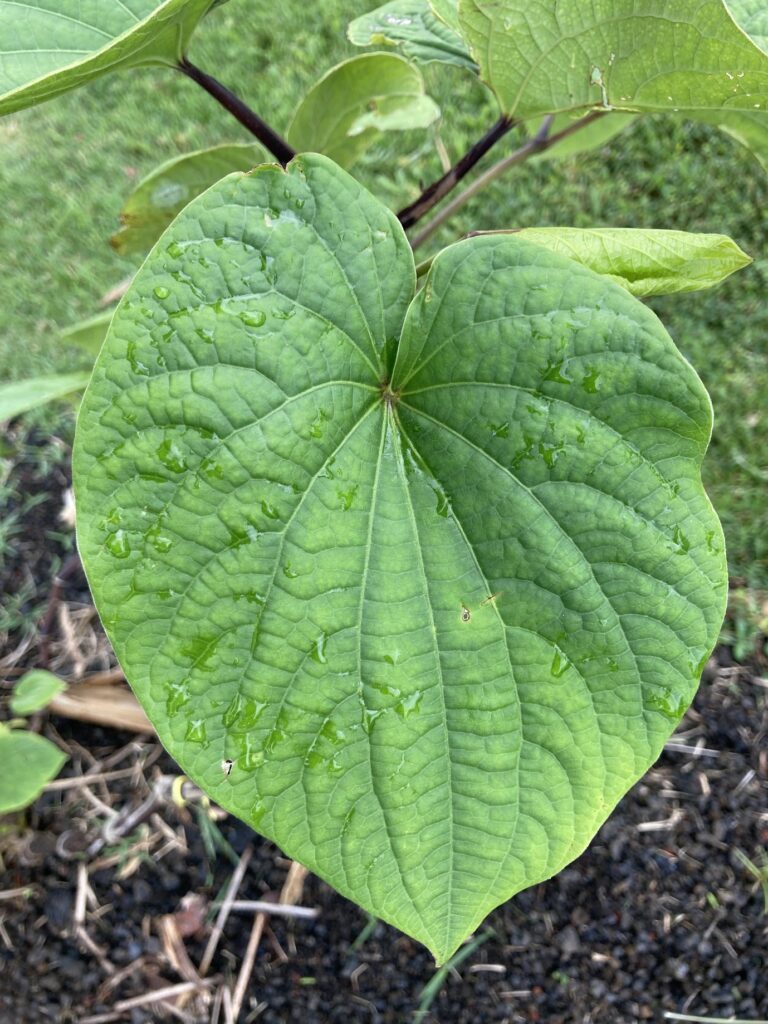Summary of: Kava— the Unfolding Story: Report on a Work-in-Progress. By Allison Denham et al. 2002

Citation: Denham, Alison, Michael Mc Intyre, M. B. Ac. C., and Julie Whitehouse. 2002. “Kava— the Unfolding Story: Report on a Work-in-Progress.” Journal of Alternative and Complementary Medicine 8 (3): 237–63. https://doi.org/10.1089/10755530260127943.
Authors: Allison Denham, Micahel McIntyre, and Julie Whitehouse.
Fast Summary:
- This paper by Alison Denham, Michael McIntyre, and Julie Whitehouse is a comprehensive examination of kava (Piper methysticum), focusing on its benefits, preparation techniques, dosage, and potential adverse effects.
Full Summary:
Introduction (Page 1):
The paper is a response to concerns raised by the U.K. Medicines Control Agency and Committee of Safety of Medicines (CSM) about adverse events associated with kava. It emphasizes the significance of the plant to various stakeholders, including the public, healthcare community, regulatory authorities, and farmers in Polynesia.
Benefits of Kava (Pages 1-2):
Piper methysticum is recognized as an essential herbal medicine with unique properties. It has been used to treat various ailments, including urinary problems, anxiety, nervous tension, restlessness, depression, menopausal symptoms, and more. Clinical trials have demonstrated its effectiveness in treating anxiety, positioning it as a non-addictive alternative to benzodiazepines.
What is Kava? (Pages 1-3):
The botanical is obtained from different cultivars in the South Pacific, each with distinct psychoactive effects. It has been domesticated in Polynesia for over 2000 years. The increased global demand has led to concerns about quality control and potential hepatotoxicity.
Pharmacology (Page 3):
The active constituents, kavalactones, have a sedative action. Eighteen lactones have been isolated, with six considered most important. Traditional preparation techniques involve grinding and mixing the root or root bark with cold water or coconut milk.
Modern Preparation Techniques (Pages 3-4):
Modern methods use high percentages of ethanol–water or acetone–water mixtures to obtain concentrated standardized extracts. These techniques may result in unnatural variations or production artifacts that could be harmful to the liver.
Low-Alcohol Tinctures (Page 5):
The paper advocates for low-alcohol tinctures made by traditional cold maceration processes, as they extract a wider range of natural constituents from the plant.
Dosage and Overdosage (Page 5):
The paper examines the daily dose of kavalactones and argues that overdosage is unlikely to be the cause of hepatotoxicity, citing traditional high-dose usage in the South Pacific.
Untoward Effects (Pages 5-6):
Adverse effects are explored, including gastrointestinal complaints, allergic skin reactions, headaches, photosensitivity, and kava-induced skin disease. The paper also discusses reports of hepatotoxicity associated with consumption, suggesting multiple causes rather than a single one.
Cultural and Social Importance (Page 1):
Kava is used as a social and ceremonial drink among men in Polynesia. It is an integral part of social life in Fiji, where spiritual leaders are known as “expert at drinking kava.” The drink is not addictive and does not produce violent antisocial effects, unlike alcohol. However, there are concerns about its abuse as a recreational drug in Australia.
Market and Quality Control (Page 2):
The increased worldwide demand has led to concerns about quality control. Intensive cultivation and harvesting may affect the product’s quality. The current hepatotoxicity problems may be partly a consequence of poor quality control due to the rapid market growth.
Conclusion:
The paper emphasizes the need for further investigation and understanding of kava’s properties, preparation methods, and potential adverse effects. It argues against attributing many of the adverse events cited by the BfArM to kava and proposes measures to ensure safe kava preparations continue to be available in the United Kingdom.
Notes:
The paper provides an in-depth analysis of kava, considering its historical, cultural, medicinal, and pharmacological aspects. It highlights the complexity of the subject and calls for a nuanced approach to understanding and regulating this essential herbal medicine.
This expanded summary provides a comprehensive overview of the paper, covering various aspects of kava, including its benefits, preparation techniques, pharmacology, cultural significance, and the concerns related to its quality control and potential adverse effects.



